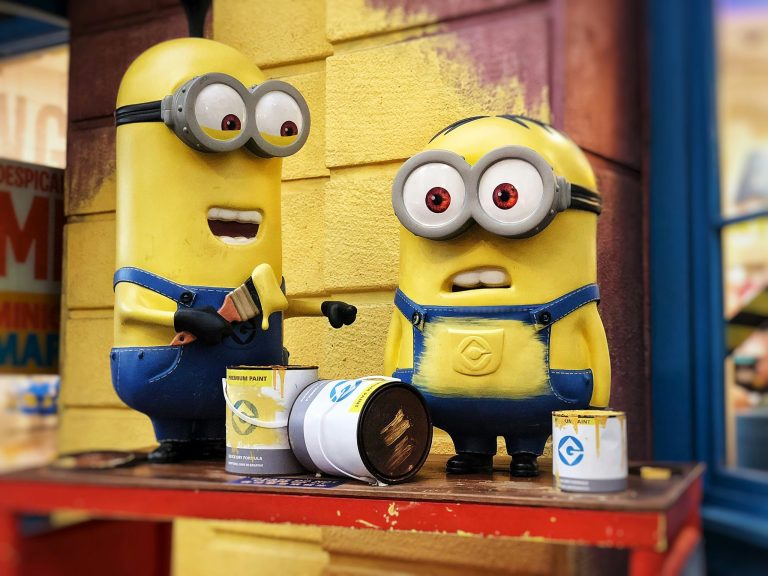5 Simple Ways to Create High Stakes in Your Story
Fiction writers are told they must create high stakes. What are stakes and why are they so important in fiction?…

Fiction writers are told they must create high stakes. What are stakes and why are they so important in fiction?…

Characters in fiction are the heart of any story. We all love characters that pop off the page, that resonate…

Creating believable characters is the key to engaging storytelling. Readers invest in characters who feel real and express emotions, motivation,…

Today’s post is by Janeen Mathisen. When you read a story and call it “powerful writing,” chances are it affected…

Great fiction features great characters—there should be no argument there. While plot is crucial (as is having a terrific premise),…

Today’s guest post is by Joseph Macolino. Here he comes again, the perfect, flawless hero with all the strength and…

Fiction readers love a great protagonist—someone who is multidimensional, dealing with lots of inner conflict, and passionate about something that…

Every scene has to have a purpose. I shouldn’t need to say that, but I’ve critiqued thousands of scenes that…

Get ready for the next online master class to master cinematic technique. See info below the post. Many of us…

Subscribe to my email blasts to level up your writing and be notified of upcoming events and offers!
No products in the cart.